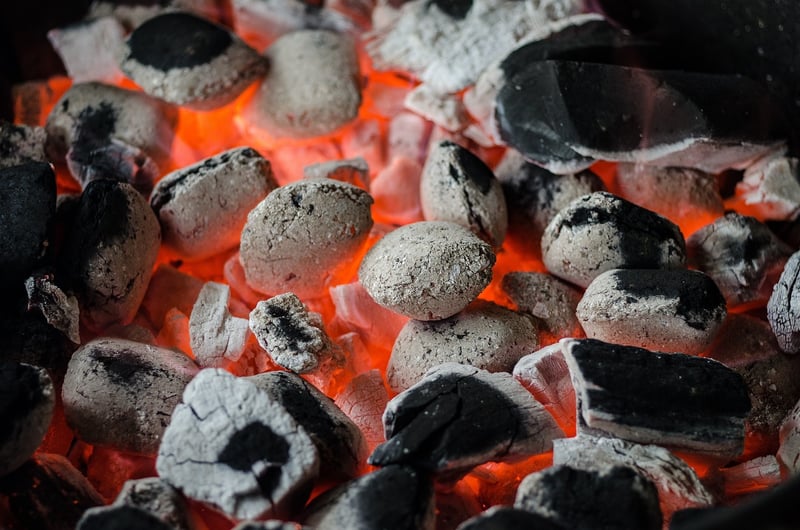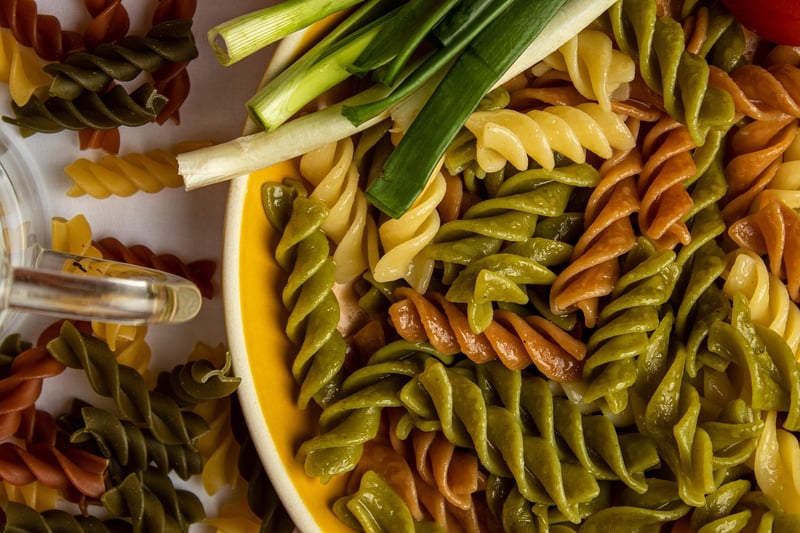Culinary History
The Heritage of Food and Culinary History
Food is not just sustenance; it is a reflection of a region's history, culture, and traditions. Exploring the heritage of food allows us to delve into the stories and flavors that have been passed down through generations. Let's take a journey through culinary history to discover the rich tapestry of dishes and techniques that have shaped our palates.
From Ancient Civilizations to Modern Cuisine
Tracing the roots of culinary history takes us back to ancient civilizations like Mesopotamia, Egypt, and China, where cooking was elevated to an art form. These early societies laid the foundation for techniques such as fermentation, preservation, and spice blending, which continue to influence modern cuisine.
The Influence of Migration and Trade
As civilizations expanded and connected through trade routes, culinary traditions were exchanged and transformed. The Silk Road, for example, facilitated the spread of spices like cinnamon and pepper, enriching the culinary landscape of regions across Asia and Europe.
Colonialism and Global Fusion
The era of colonialism brought about a fusion of flavors as ingredients from different continents mingled to create new and exciting dishes. Ingredients like tomatoes, potatoes, and chili peppers traveled across the globe, forever altering the cuisines of both colonizers and colonized peoples.
Preserving Heritage Through Food
In today's fast-paced world, preserving culinary heritage is more important than ever. Traditional recipes, cooking methods, and agricultural practices hold invaluable knowledge about our past and offer a connection to our roots. By supporting local farmers, artisans, and traditional food producers, we can ensure that these culinary traditions continue to thrive.
Embracing Diversity on the Plate
One of the most beautiful aspects of culinary history is its diversity. Each region boasts a unique flavor profile shaped by its climate, geography, and cultural influences. By embracing diversity on our plates, we celebrate the richness of our collective heritage and honor the stories behind each dish we savor.
Conclusion
Exploring the heritage of food and culinary history allows us to appreciate the interconnectedness of cultures and the universal language of food. So, the next time you sit down to a meal, take a moment to savor not just the flavors but also the centuries of history and tradition that have gone into creating that dish.



For more information on food heritage and culinary history, you can visit UNESCO's Intangible Cultural Heritage page.
